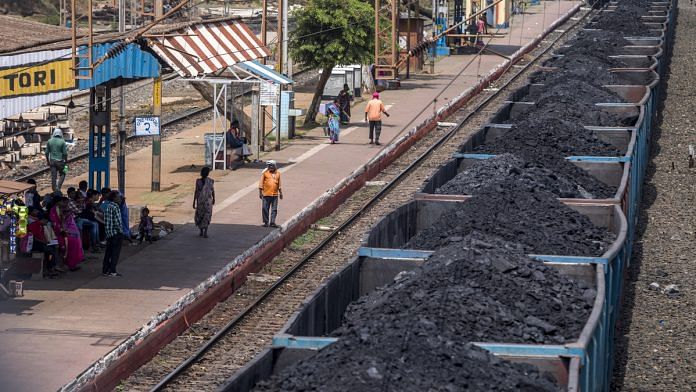London/New Delhi: India’s use of coal may have peaked in 2018, according to a new report by U.K.-based clean energy group Ember. That’s sooner than many experts have forecast.
The share of the dirtiest fossil fuel in India’s power mix fell for the second year in a row in 2020, according to the report released on Tuesday, due to an economic slowdown in 2019 followed by a pandemic-induced recession. There’s a chance coal power never has to breach 2018 levels again if the Indian government meets its renewable energy goals, Ember senior analyst Aditya Lolla wrote.
“As India recovers from the Covid-19 pandemic shock, the choices it makes for its power sector can make or break its coal-to-clean electricity transition in the next decade,” he wrote. “It’s even possible coal will fall this decade, if India wants it to.”
India wants to reach 175 gigawatts of renewable energy capacity by 2022 and 450 GW by 2030. Those targets are enough to meet an annual increase in electricity demand of up to 5%, according Lolla.
But the country will have to speed up its renewables rollout to reach its green energy targets. Solar and wind power generation in India totaled 118 terawatt-hours in 2020, still far behind the government’s goal of reaching 274 TWh by 2022.
Rapidly cutting global coal consumption is necessary to meet climate goals set under the Paris Agreement, which strives to keep temperatures from rising more than 1.5 degrees Celsius from pre-industrial levels in order to avoid the worst effects of climate change.
That’s especially true for China and India, the largest and third-largest emitters of greenhouse gases respectively. While advanced economies like the U.S. and U.K. have had more time to develop alternatives, countries like India and China have to make the switch more quickly. Solar power is now the cheapest source of electricity in most parts of India, offering an opportunity for the government to accelerate adoption.
India could speed up the transition by placing a moratorium on new coal power plants and incentivizing the closure of old, inefficient facilities, Lolla wrote in the report. That would require the government to shift its current policies, which saw the government auctioning new coal mines as recently as November.
Also read: Air pollution from fossil fuels causes over 30% deaths in India every year: Harvard study



